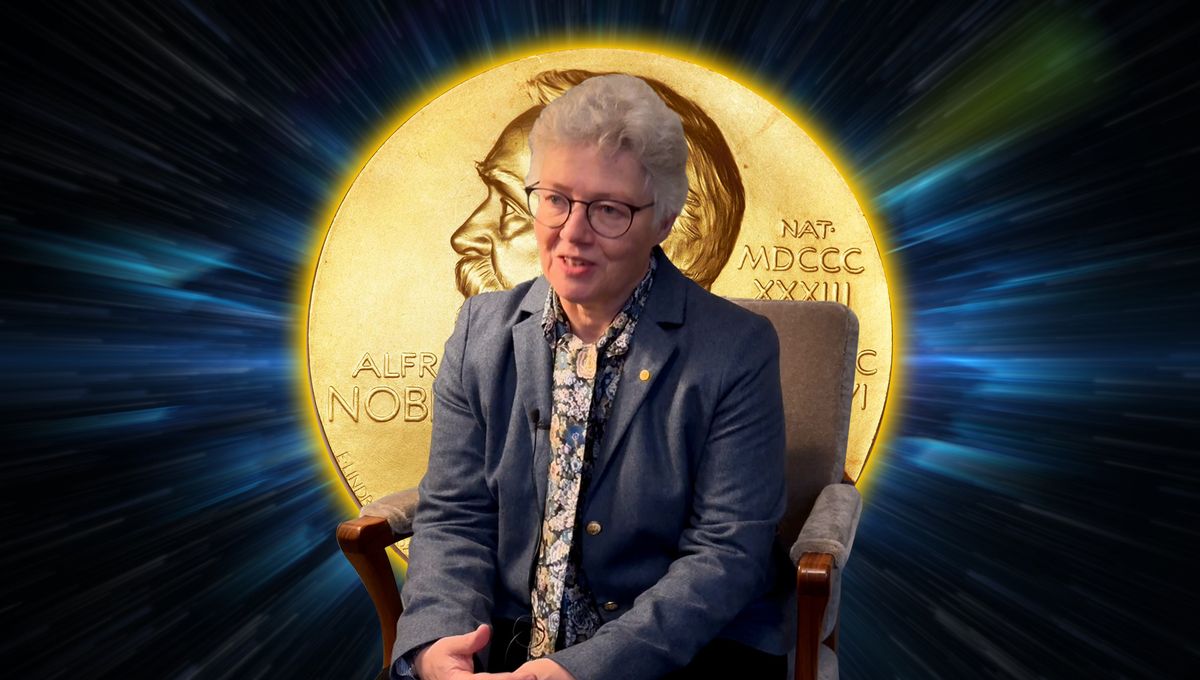
A picture is worth a thousand words. And a film probably a thousand pictures. When it comes to the science of the very small and fast, for a long time what scientists got was just a snapshot of an interaction – if they could get that at all. And then over the last 36 years, fundamental discoveries allowed physicists to produce the fastest light pulses yet, beginning the age of attosecond physics, and seeing how electrons around atoms change.
“Attosecond physics is the science of generating attosecond light pulses and then using these pulses to look at electrons in atoms and molecules,” Professor Anne L’Huillier, from Lund University, told IFLScience in an exclusive interview during the Nobel Prize week.
One attosecond is a minuscule fraction of time: one billionth of a billionth of a second. The number of them in a second is roughly the same as the number of seconds since the universe began. The 2023 Nobel Laureates in Physics conducted fundamental research that made current attoseconds research possible. And it all started with Professor L’Huillier back in 1987.
L’Huillier and her team discovered that transmitting an infrared laser through a noble gas leads to the generation of overtones in light. Just like the overtones that can be produced from a guitar string being plucked, so light and matter interactions can create similar effects. And L’Huillier’s work in understanding this process built the foundations upon which attosecond physics could be built.
“In the work of 1987, what we discovered was the generation of high-order harmonics of the laser field. Just a couple of years afterward then came the idea, not by me, but by other people that if these harmonics were phase-locked, which means that they are synchronized at a certain time together, then this could lead to the generation of very, very short life pulses in the attosecond region,” Professor L’Huillier explained to IFLScience.
From her work, the research groups of Pierre Agostini and Ferenc Krausz in the early noughties were able to create attosecond pulses. Overtones in ultraviolet light were superimposed in the right phase to reinforce or cancel each other out, creating pulses of just a few hundred attoseconds. Krausz used the pulses to study an electron being pulled away from an atom.
Over the last two decades, the technology has developed massively, with pulses that now last a few dozen attoseconds. These pulses allow scientists to study the motion and distribution of electrons around atoms, molecules, and materials. They can even be used to push molecules around, and could lead to better diagnostic tools. Professor Krausz presented preliminary work showing that tech related to the field could be used to find signs of lung cancer in the blood.
It’s very early days, and even with its great potential, researchers are not willing to bet on this or that application just yet.
“It’s still at the beginning and it’s still very much basic research. But the idea is we start to control [electrons]. We are able to measure the motion of electrons in matter. And maybe, possibly we can control a little bit this motion. And this could be important to possibly control some chemical process, possibly biological process later on,” Professor L’Huillier told IFLScience.
You can watch the full interview with Professor Anne L’Huillier about attosecond physics, as well as her hopes for the future of science and advice to students, in the video above or by following this link.
Source Link: Exclusive: How To Snap The Shortest Moments In Time